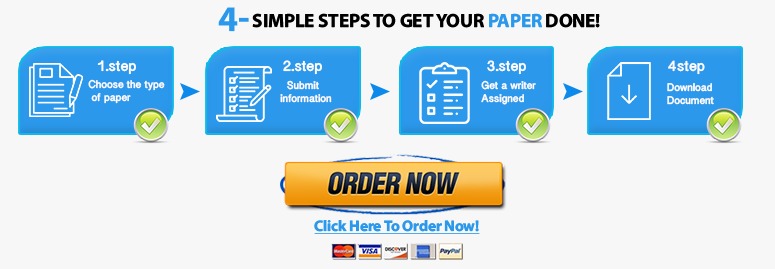Plan } You have no time to revise and go back to your work, so you must spend more time in invention (pre-writing): come up with material, and create an outline for it } Outline } At a minimum, make sure you have a thesis, and a list of reasons which will support the thesis. The reasons become the topic sentences
800 words
} READ
} Read the prompt carefully and more than once. Make sure you understand exactly what kind of text you have to deliver
} Plan
} You have no time to revise and go back to your work, so you must spend more time in invention (pre-writing): come up with material, and create an outline for it
} Outline
} At a minimum, make sure you have a thesis, and a list of reasons which will support the thesis. The reasons become the topic sentences
} Introduction
} You need a short introduction. No need to have a “hook” like in an out of class paper, but it still must create a context rather than make it sound like you are writing the paper with a gun to your head
} Body paragraphs
} Start with the topic sentence. Then develop with specific examples. A fully developed example is worth more than a series of superficial references with no depth. You can do some pre-writing at this level, to come up with supporting material.
} Be frugal with reasons
} Don’t run through more than a single reason or topic sentence in a body paragraph. That is an indication you are not developing your examples and evidence well enough. Each reason/topic sentence deserves its own body paragraph.
} Evidence and examples
} Make sure you provide evidence from the text in every claim you make in body paragraphs.
} Structure
} Make sure you have paragraphs. They should be separated by the different topic sentences, not because you felt like skipping a line. Connect the paragraphs with transitions.
} Focus
} Always check that a new reason/body paragraph still develops the original topic and thesis
} Conclusion
} Short, but again should not be generic. If you know the term, you know better than to start with “in conclusion.”
} Edit and Proofread
} If readers cannot read it, they will not. Make it legible. And save time to edit and proofread. Repeated errors and patterns of errors show a student who does not care instead of someone who simply missed something. Your ethos plunges if the readers see you as someone who does not take their writing seriously.


